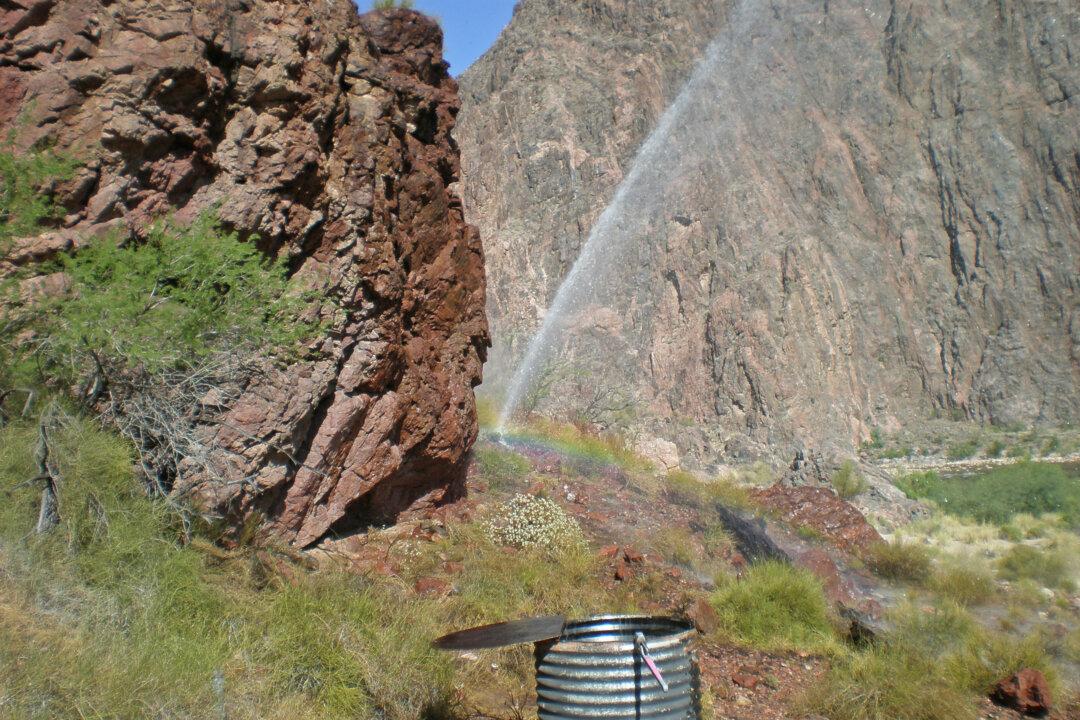NEW YORK—The voting lines were long during this year’s presidential election. Even newly re-elected President Obama noticed, saying in his victory speech, “We need to fix that.”
With the dust settled from this year’s presidential election, voting advocacy groups are looking to do just that, by reviewing what went wrong and discussing ways to ease the process in time for next year’s hotly contested city elections.
Voter turnout was down by approximately 200,000 votes in New York City, a decline of 8 percent from 2008. That is markedly more than the national dip of 4.8 percent, according to statistics from Bipartisan Policy Center.
Hurricane Sandy, which hit eight days before Election Day, and put a crimp in what was already expected to be a stressful voting process. In all, 60 polling sites were relocated, some poll workers were unable to show up, and Gov. Andrew Cuomo issued a last minute executive order allowing citizens to vote anywhere in the state.







